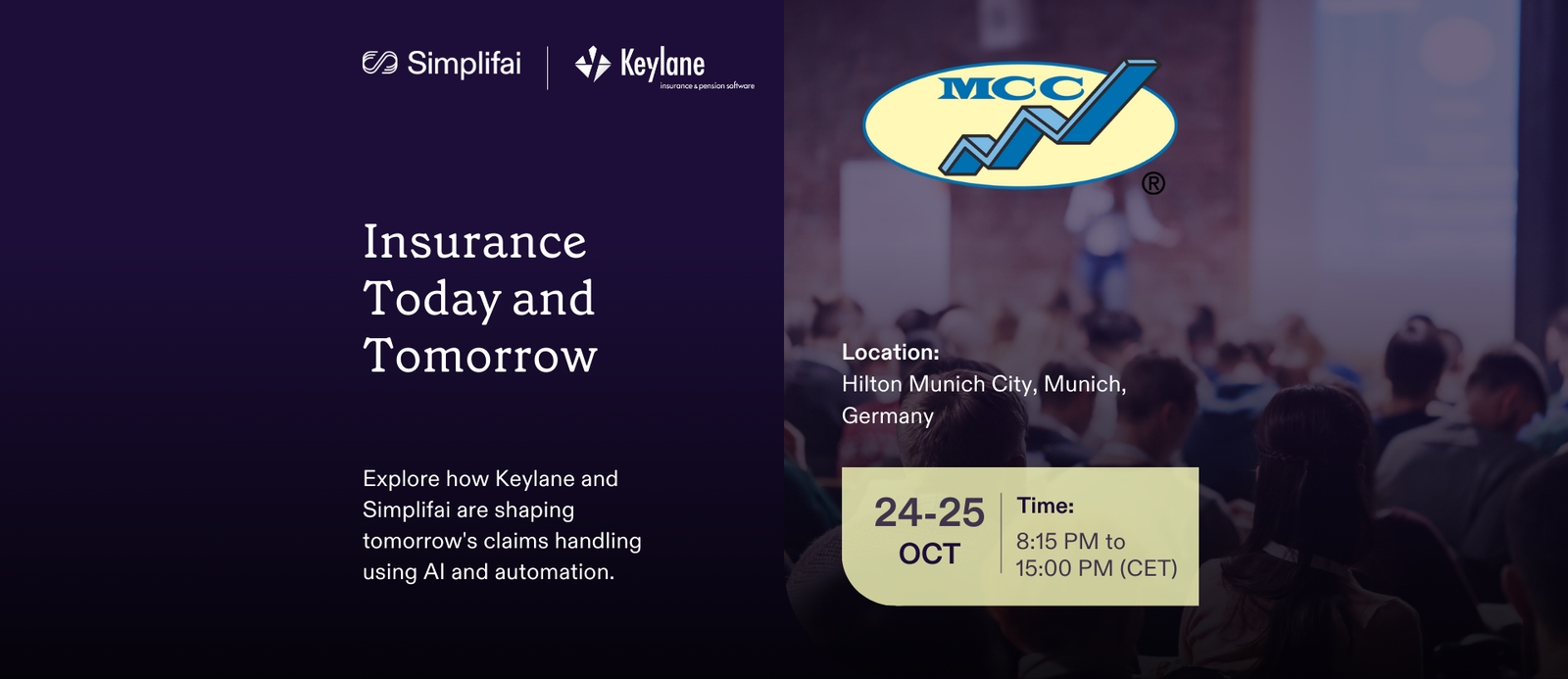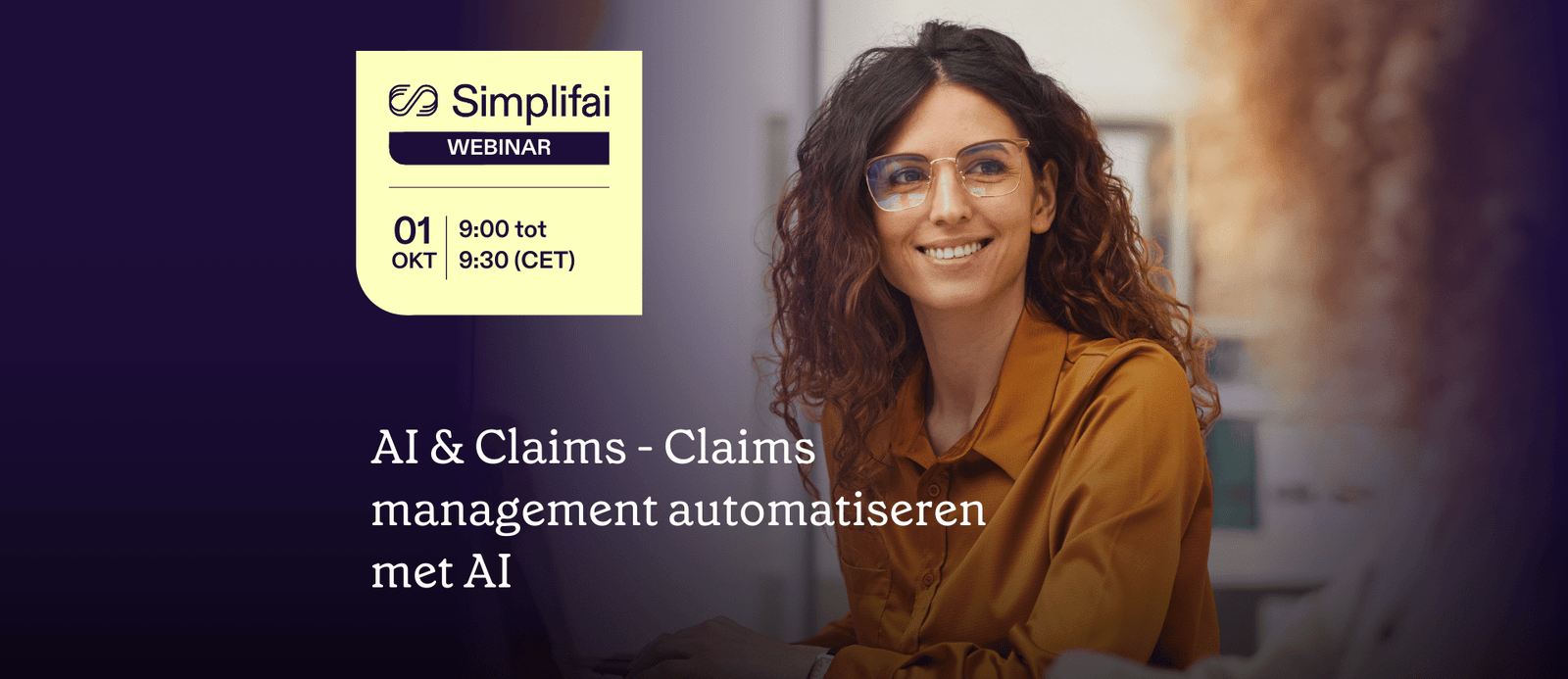Simplifying email and document handling with smart AI
Some of the most bulk-intensive processes such as responding to customer inquiries, processing invoices & bills, and archiving require using emails and documents.

With the increasing business workforce, organizations must deal with a deluge of emails and documents every day. It becomes physically impossible to handle them manually, further hampering work efficiency and task productivity. As inefficiency starts occurring in the daily work activities, it might create numerous issues for overall business operations.
Artificial Intelligence-based software solutions possess the ability to smoothly tackle these issues. This blog elaborates on the power of smart Artificial Intelligence used for automating the processing of emails and documents in the work environment, and how businesses can leverage it [1].
Artificial Intelligence for businesses
Automation of business processes is not new; in fact, many organizations have already been using traditional automation techniques based on Robotic Process Automation (RPA). However, a key limitation of this type of automation is that it cannot handle actions that require cognitive thinking and on-the-go process enhancement [2]. Moreover, RPA integration is more complex compared to smart AI automation and lacks the capability to adapt to changing business needs. Its integration also requires constant manual supervision, and in most business cases it cannot provide end-to-end automation.
This is where AI-based smart email and document automation comes into the picture. Artificial Intelligence can be adapted extensively to myriad business requirements to simplify work processes such as human communications and system integration. This is possible as the solutions enable using no-code platforms that reduce the complexity of performing tasks, thus reducing reliance on technical skills. Furthermore, this can also help monitor ROI and measure cost efficiencies to improve overall direct and indirect revenue generation.
AI-based process automation can cut down the manual time taken thus saving employees from repetitive and monotonous tasks. In this way, smart AI automation saves time that can be used for other demanding and complicated processes. It can cut operational costs over the longer run, generate ROI within months and not years, and improve overall customer satisfaction.
AI-powered email automation
When it comes to email automation, a branch of Artificial Intelligence called Natural Language Processing can handle hundreds, even thousands of emails in a single go. Natural Language Processing (NLP) is basically the technology used to facilitate language understanding and interpretation between humans and machines.

Based on a decision engine, NLP-powered email automation can carry out several actions such as reading and interpreting emails, classifying and organizing them, extracting relevant data, and performing associated actions. These actions involve replying to the emails, forwarding them to respective stakeholders, creating tickets, and archival. AI email automation also can read and interpret documents attached to emails and extract relevant information.
These AI solutions can be smoothly integrated with third-party CRM systems using API/RPA. Thus, repetitive manual tasks of email replies and handling customer inquiries can be done within seconds with NLP-powered AI solutions.
AI-powered document processing
It is physically not possible to process the tens of thousands of documents transferred daily within the business environment. The best way to ensure that efficiency is maintained in this context is for businesses to start using AI smart document processing.

A key challenge faced by businesses today while handling documents is the unstructured data format, also known as free-text. Conventional automation solutions find it difficult to handle unstructured data, which can further lead to inaccuracy in data interpretation.
To tackle this challenge Optical Character Recognition technology can be used, which is of two types – traditional and AI-powered. Traditional OCR tech can only extract data from structured documents and often required manual support to set up the required templates [3]. In contrast, AI-powered OCR can extract data from unstructured documents including images, and also supports Machine Learning (ML) structures. Using the latter, businesses can also get valuable insights from complex data structures.
Thus, combined with NLP, automation solutions based on AI-powered OCR can smoothly handle free-text, and provide streamlined document processing. This is also called Intelligence Document Processing wherein large volumes of data are read, interpreted, archived, classified, and forwarded at the same time without manual intervention.
Inference
With changing work environments, many businesses are following completely remote or even hybrid work routines. This has increased the onus for having more online-based systems both for customer support and internal task handling in organizations.
Smart AI solutions described in the above sections are recognized as the best way to embrace this change for a more simplified email and document handling. In this way, entire support systems can be completely set up completely through an online, virtual medium.
Businesses have increasingly started deploying a combination of smart AI email and document processing techniques, collectively called Intelligent Process Automation (IPA). With IPA, organizations can derive the full potential of AI-driven end-to-end automation, and club the bots working in this tech with third-party CRM systems using API/RPA integration.
About Simplifai
Simplifai is an AI solutions company that provides end-to-end automation for businesses dealing with free text emails, documents, and chat communications. Simplifai AI solutions provide streamlined email automation and document processing for improved business work efficiency and reduced operational costs.
Along with RPA, API, and advanced NLP technology. Simplifai’s AI-powered Digital Employee solutions are tailored as per business requirements and comprise individual AI modules such as Emailbot, Documentbot, and Chatbot. These modules can be integrated with third-party systems and are programmed to carry out specific tasks at the front-end and back-end.
Want to know more about our Digital Employees? Click the button below for more information:
Sources
[1] Marr, B. Future Proof Your Business With AI In Products And Service, Forbes (2022). https://www.forbes.com/sites/bernardmarr/2022/04/12/future-proof-your-business-with-ai-in-products-and-services/?sh=770b468d5032
[2] What RPA cannot do? Intellipaat (2021). https://intellipaat.com/community/71359/what-rpa-cannot-do
[3] Malhotra, S. How AI Streamlines Intelligent Document Processing for Businesses. Oodles AI (2020). https://artificialintelligence.oodles.io/blogs/intelligent-document-processing/


